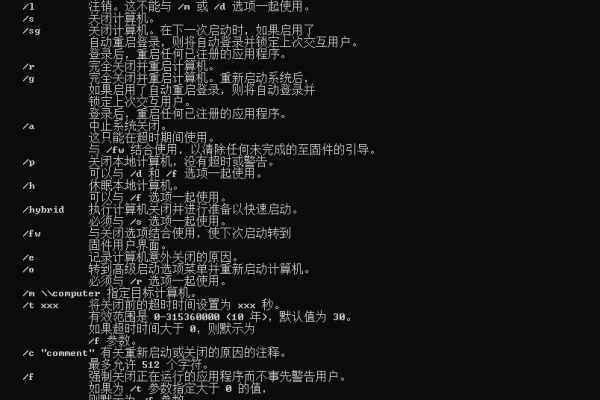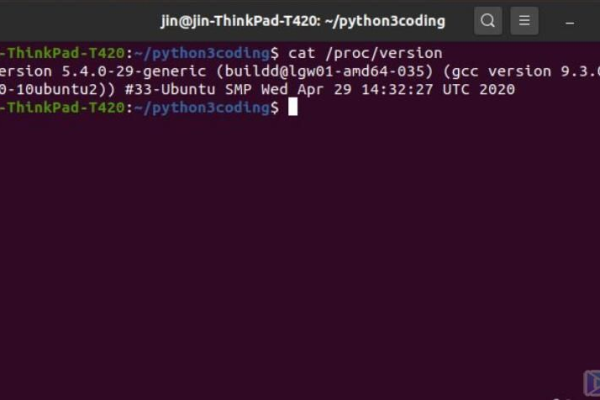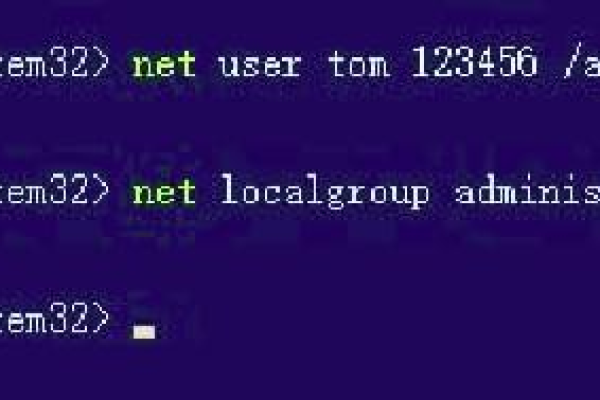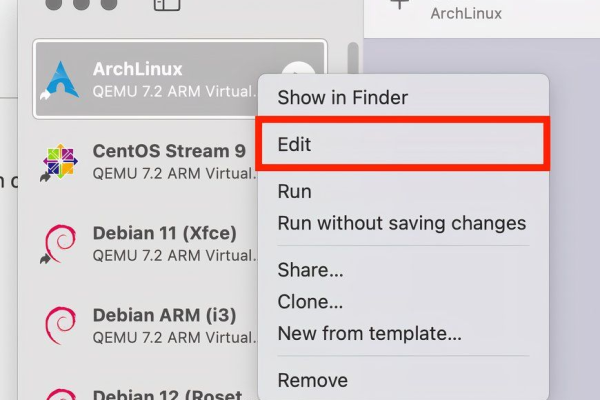c执行linux命令
- 行业动态
- 2025-02-04
- 2007
ls列出文件、 cd切换目录、 pwd显示当前路径、 cat显示文件内容、 cp复制文件、 mv移动或重命名文件、 rm删除文件、 grep搜索文本、 find查找文件、 chmod更改权限、 chown更改所有者、 ssh远程连接、 tar打包解压等。还有网络命令如 ifconfig、 ping、 nslookup,压缩命令如 gzip、 gunzip、 tar、 zip、 unzip等。掌握这些命令可以提高工作效率,简化操作步骤。
在C语言中执行Linux命令,可以通过多种方法实现,每种方法都有其特点和适用场景,以下是几种常见的方法:
使用system函数
1、介绍:system函数是C标准库中的一个函数,用于在新创建的子进程中执行命令,并等待命令完成执行。
2、示例代码:
#include <stdlib.h>
#include <stdio.h>
int main() {
int ret = system("ls -l");
if (ret == -1) {
perror("system");
return 1;
}
return 0;
} 上述代码将执行ls -l 命令,并将输出打印到标准输出,如果命令执行失败,perror 会打印错误信息。
3、注意事项:system函数会调用/bin/sh,这可能会引入安全破绽,特别是当命令字符串包含不受信任的用户输入时。system函数会创建一个新的子进程来执行命令,这可能会影响性能。
使用exec系列函数
1、介绍:exec系列函数提供了一种更强大和灵活的方式来执行命令,这些函数不会创建新的进程,而是在当前进程中执行新的程序。
2、示例代码:
#include <unistd.h>
#include <stdio.h>
int main() {
printf("Before execn");
execlp("ls", "ls", "-l", (char *)NULL);
perror("execlp"); // If execlp() returns, it must have failed.
return 1;
} 上述代码将在当前进程中执行ls -l 命令,并不会返回到调用点,如果execlp 失败,则perror 会打印错误信息。
3、注意事项:exec系列函数与fork 函数结合使用时,可以在子进程中执行命令,并通过管道等方式获取命令的输出。
使用popen函数
1、介绍:popen 函数用于创建一个进程来执行命令,并打开一个管道来读取或写入该进程的标准输入或标准输出。
2、示例代码:
#include <stdio.h>
#include <stdlib.h>
int main() {
FILE *fp = popen("ls -l", "r");
if (fp == NULL) {
perror("popen");
return 1;
}
char buffer[256];
while (fgets(buffer, sizeof(buffer), fp) != NULL) {
printf("%s", buffer);
}
int status = pclose(fp);
if (status == -1) {
perror("pclose");
} else {
printf("Command exited with status %d
", WEXITSTATUS(status));
}
return 0;
} 上述代码将执行ls -l 命令,并通过管道读取其输出,然后打印到标准输出。
3、注意事项:与system 函数类似,popen 也会调用/bin/sh 来执行命令,因此需要注意安全性问题。
使用fork和exec组合
1、介绍:exec系列函数与fork 函数结合使用,以便在子进程中执行命令。
2、示例代码:
#include <unistd.h>
#include <sys/types.h>
#include <sys/wait.h>
#include <stdio.h>
int main() {
pid_t pid = fork();
if (pid == -1) {
perror("fork");
return 1;
} else if (pid == 0) {
// Child process
execlp("ls", "ls", "-l", (char *)NULL);
perror("execlp");
return 1;
} else {
// Parent process
int status;
waitpid(pid, &status, 0);
if (WIFEXITED(status)) {
printf("Child exited with status %d
", WEXITSTATUS(status));
}
}
return 0;
} 上述代码将创建一个新的子进程,并在子进程中执行ls -l 命令,父进程将等待子进程结束,并获取其退出状态码。
3、注意事项:这种方法允许更精细地控制子进程的行为,并可以处理更复杂的逻辑。
C语言中执行Linux命令的方法多种多样,开发者可以根据具体需求选择合适的方法来实现,也需要注意各种方法的安全性和性能问题,以确保程序的稳定性和可靠性。
本站发布或转载的文章及图片均来自网络,其原创性以及文中表达的观点和判断不代表本站,有问题联系侵删!
本文链接:https://www.xixizhuji.com/fuzhu/110104.html





